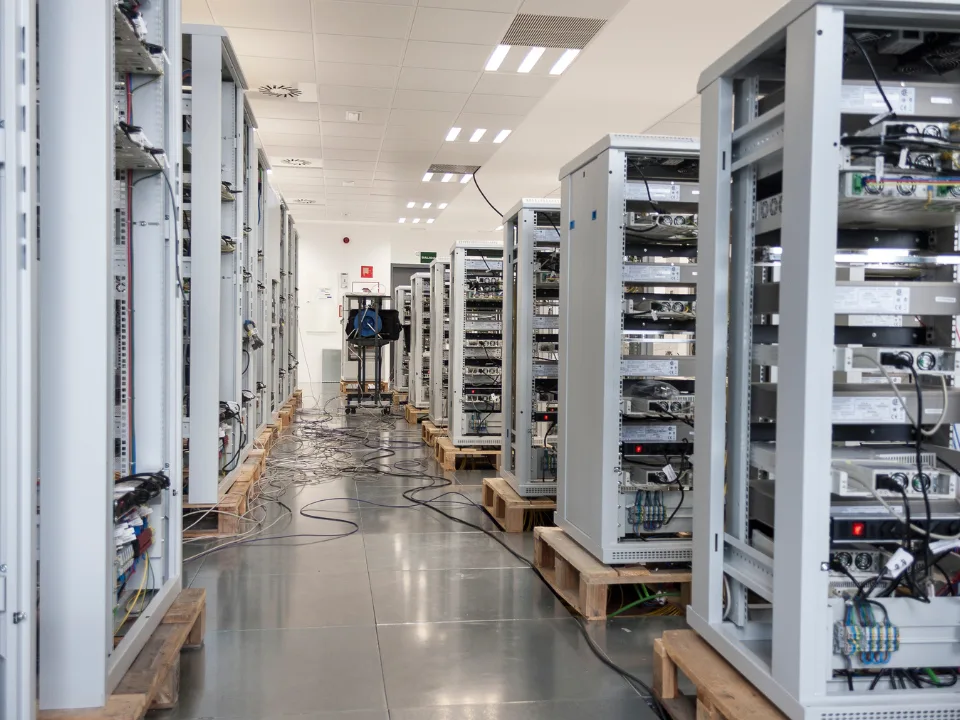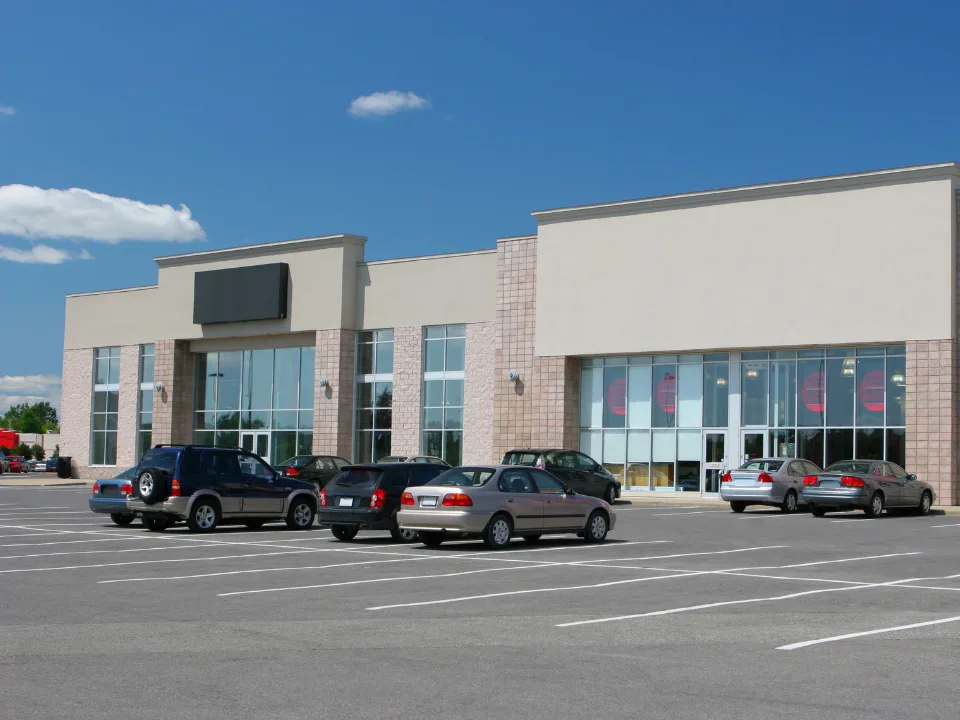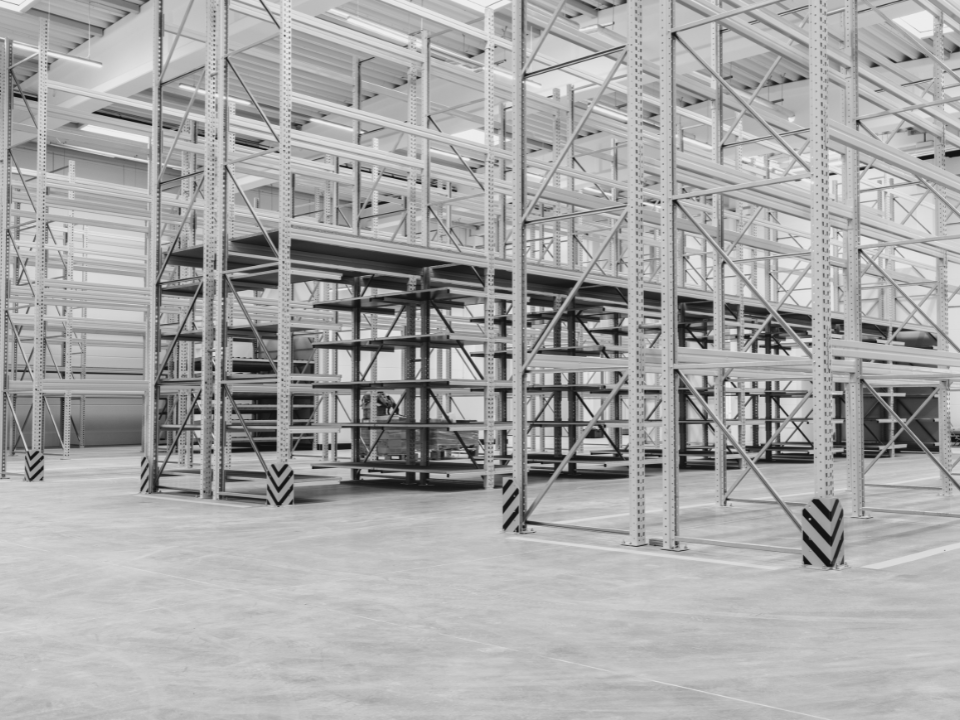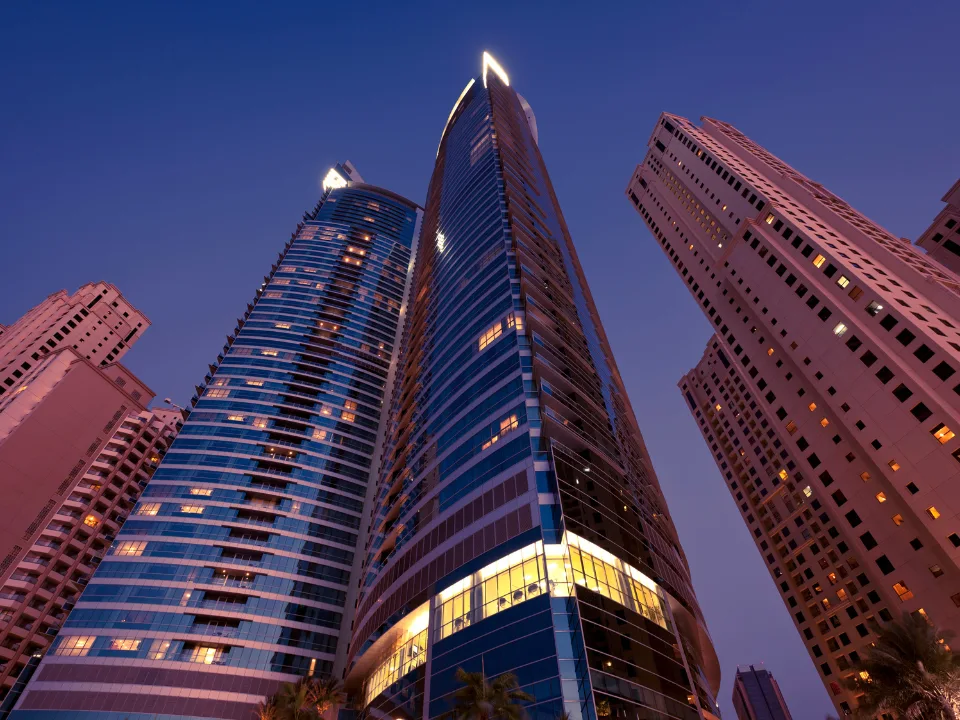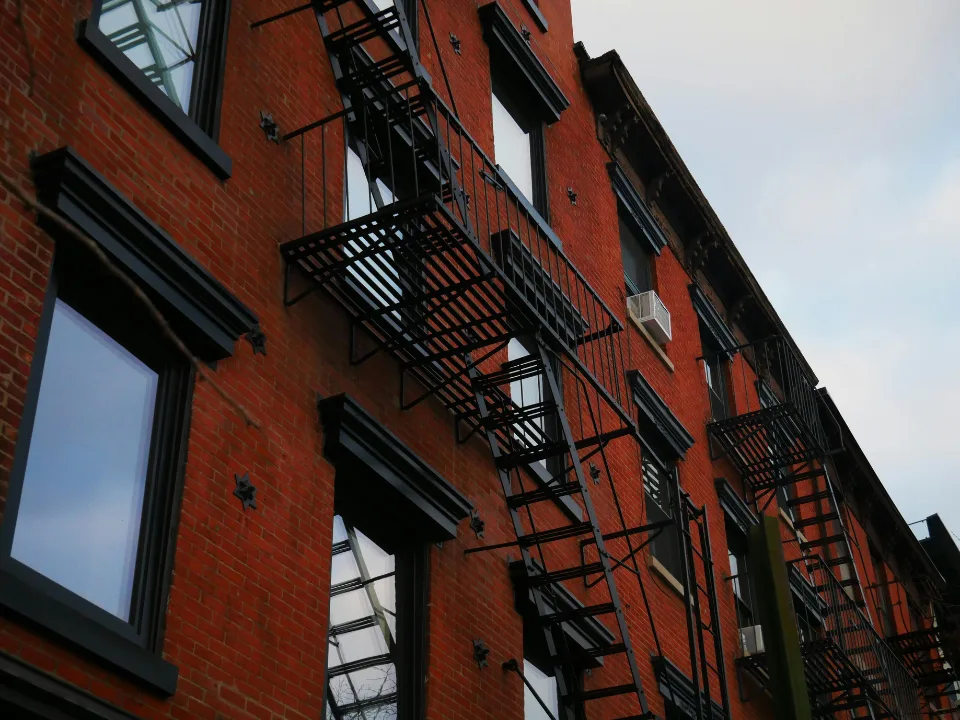- Industrial space demand is rising, but new supply is falling, with only 46 MSF of speculative projects starting in Q2.
- Prologis Research’s U.S. Industrial Business Indicator shows growing consumer activity and stable restocking, driven by 3% more retail sales and 8.6% more e-commerce.
- Leasing activity is expected to go up, but the end of the building boom and high construction costs may limit new developments.
According to Globest, the industrial real estate market is transitioning as post-pandemic construction slows down.
Growing Demand
In Q2, only 46 MSF of speculative projects were started, creating a brief opportunity for logistics companies to secure high-quality space before supply constraints limit their options.
According to Prologis Research, consumer activity shot up to 60.6 in July from an average of 58.4 in Q2, reflecting stable goods consumption and restocked inventories. Retail sales rose 3% YoY, particularly in electronics, apparel, and motor vehicle parts.
Meanwhile, e-commerce sales reported an 8.6% rise, while in-store sales grew 1.2%, mainly attributed to cooling inflation and real wage growth. Additionally, double-digit gains in imports suggest continued inventory growth in 2H24.
Sector Response
Users are optimizing existing space for productivity and cost control, resulting in below-normal demand patterns.
Net absorption in the logistics sector reached 46 MSF in Q2, below the average expansionary rate of 60 MSF.
Leasing activity is expected to rise as companies expand to meet consumer needs. Indicators like market activity and proposal volume signal more competition for space throughout the year. Prologis predicts a run rate of 180–200 MSF over the next 12 months.
What’s Next
The post-pandemic building boom is winding down. Only 46 MSF of new speculative developments started in Q2, 28% less YoY. Higher construction costs, interest rates, and challenges in securing approvals and permits are also hindering development.
Prologis anticipates a gradual acceleration in net absorption during Q2, with vacancy rates peaking in the mid-6% range this year before falling back down in 2025. Rent growth is expected to follow a similar path, with select markets seeing lower net effective rents through year-end before upward pressure returns in 2025.
